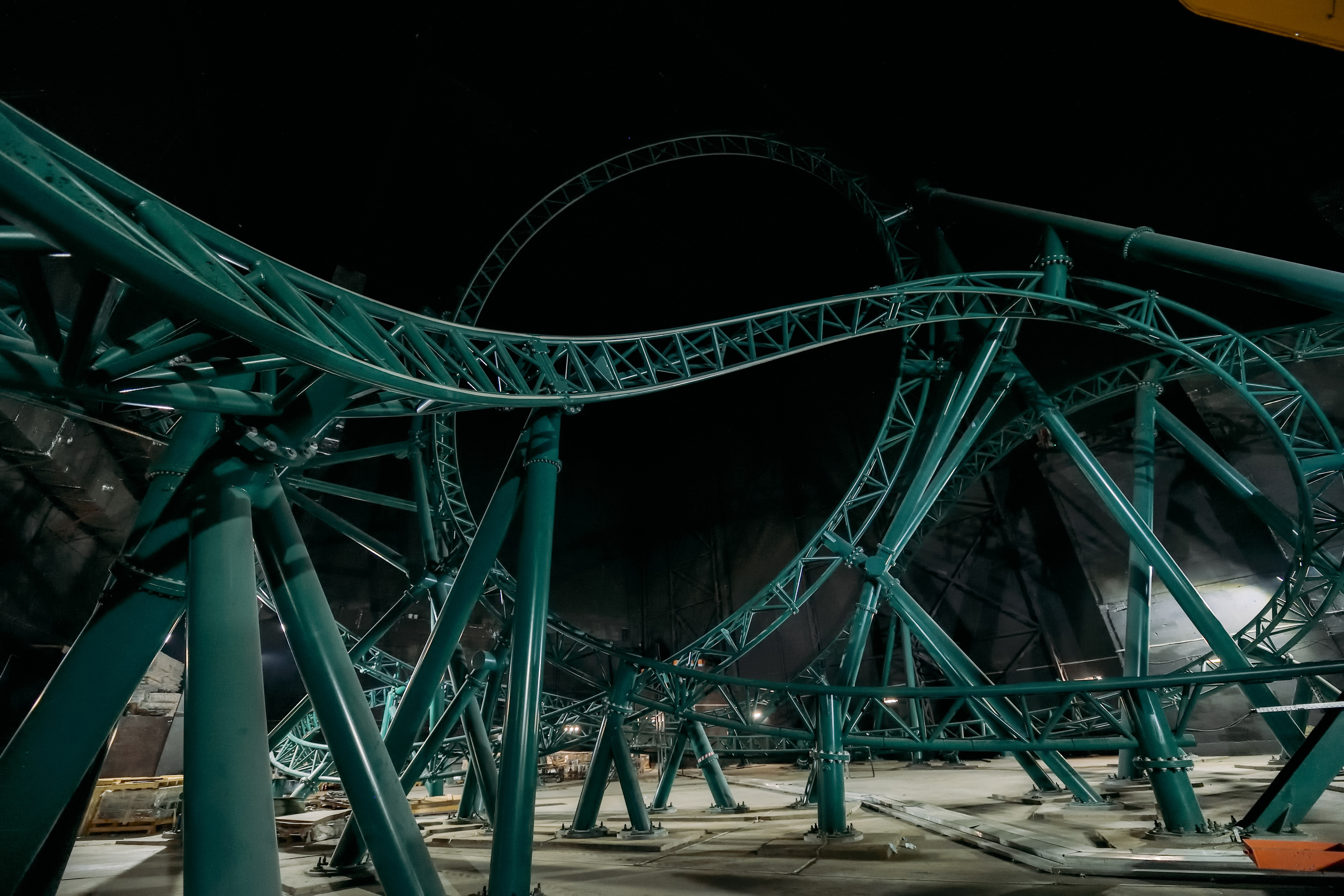
Software is in a constant state of evolution, particularly cloud-based Software-as-a-Service (SaaS) solutions. Unlike traditional software installed on hardware, SaaS is delivered via a web browser, allowing providers to tweak, patch, and upgrade features as soon as they are tested and validated. While some updates are significant, most SaaS providers, including OrbitMI, release incremental improvements every two weeks or so—without disrupting service. To learn more about SaaS, read this blog and this one.
But what about traditional, installed software—the kind that runs on hardware like an onshore server or a computer on the bridge? How do these systems handle updates? As you might imagine, that process is a bit more challenging.
While SaaS platforms provide continuous, automatic updates that seamlessly deliver new features without manual intervention, traditional software needs periodic manual updates and patches, requiring users to manage downtime and compatibility issues on their own. At some point, providers of traditional software simply stop maintaining older systems and encourage customers to switch to a new platform. This process is known as “deprecation.”
Many shipping companies find themselves in this position. As the industry evolves, new regulatory requirements, rising operational costs, and the demand for real-time insights are making older systems obsolete. Shipowners who rely on installed software now face a difficult reality—what happens when their system is deprecated?
Sound familiar? You’re not alone. This anonymized case study outlines how one shipping company recognized the issue and took steps to address it.
Scenario: Deprecating a legacy system
A mid-sized shipping company managing a fleet of bulk carriers discovered that its vessel performance monitoring and weather routing systems were no longer meeting its needs. The software vendor had deprecated its legacy system and was urging the company to upgrade to a new platform.
After conducting an internal review, the company identified critical gaps in its current system—gaps that impacted operational efficiency, compliance, and decision-making. More importantly, they weren’t convinced that the vendor’s upgraded platform would actually solve these challenges.
Key Issues with the Existing System
Lack of Integration – The system didn’t align with the company’s data architecture, making it difficult to consolidate information and streamline operations.
Unreliable Weather Routing – A planned replacement tool failed to perform during onboard trials, raising concerns about voyage optimization.
Poor User Experience – Both onboard crews and shore-based teams found the system rigid and lacking intuitive workflows.
Inconsistent Data Quality – The system struggled to capture accurate, validated performance data, leading to unreliable decision-making.
What if There Were a Better Way?
The company is now looking for a modern, integrated solution that:
If this reflects what you are going through, let’s talk.
Solutions like the one this company is searching for already exist, and OrbitMI is a global leader in delivering them.
If these challenges resonate with you, you don’t have to navigate them alone. Contact OrbitMI—we’d love to explore how we can help you move toward a smarter, more connected approach to vessel performance and voyage optimization.
These Stories on Featured